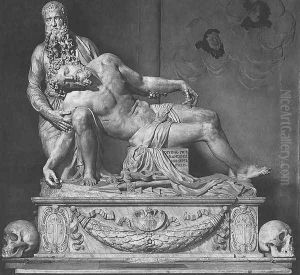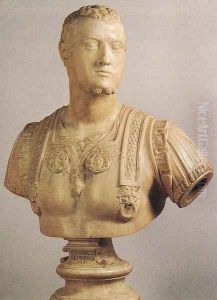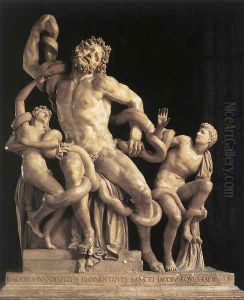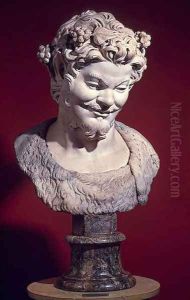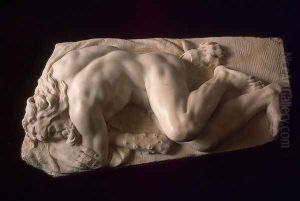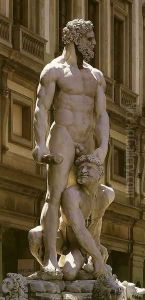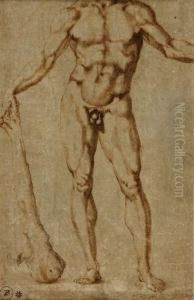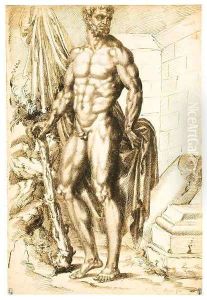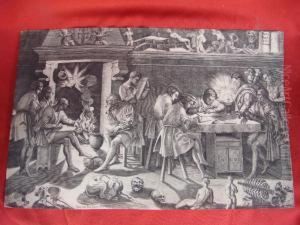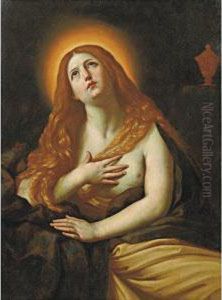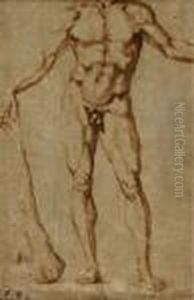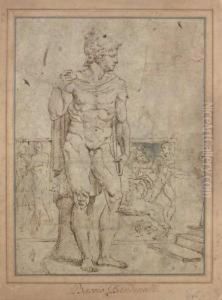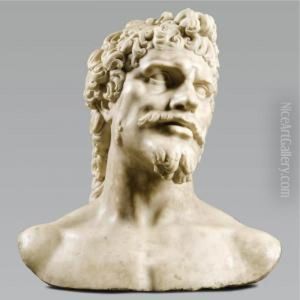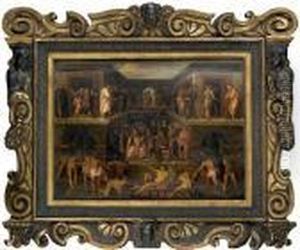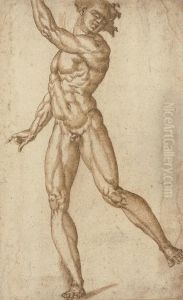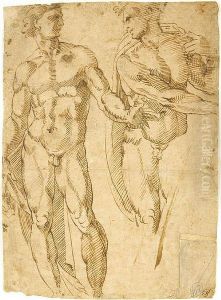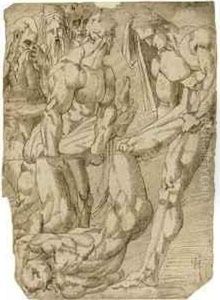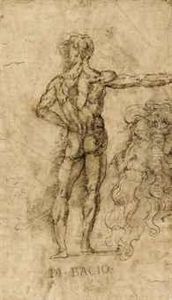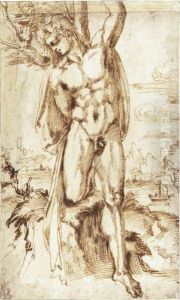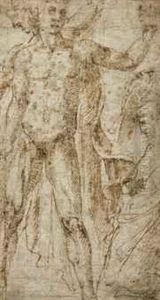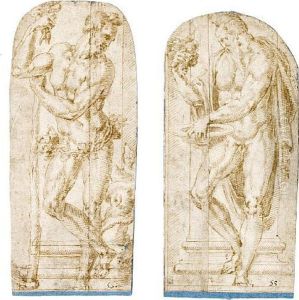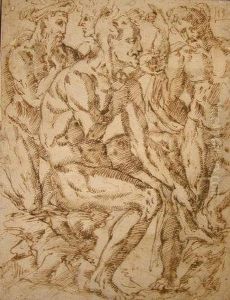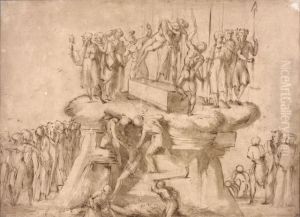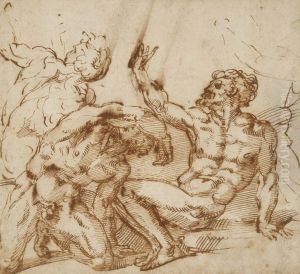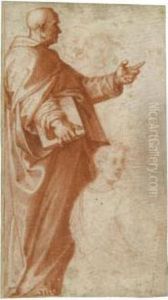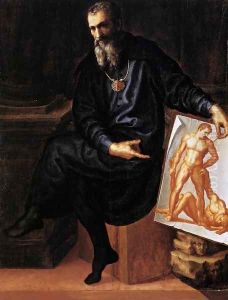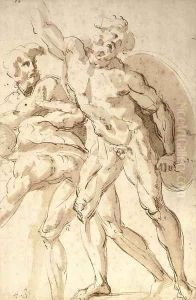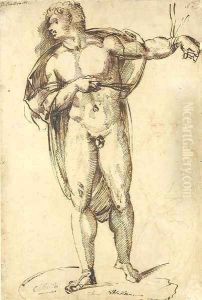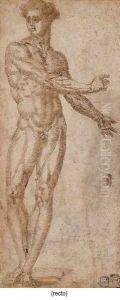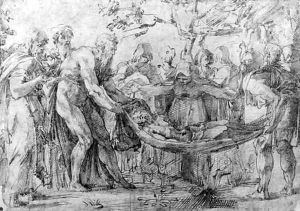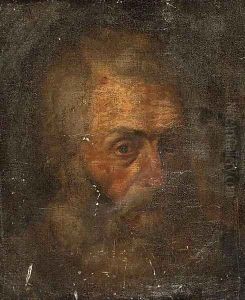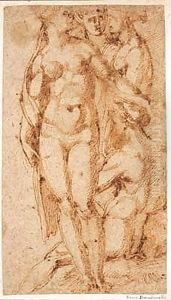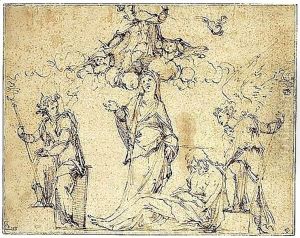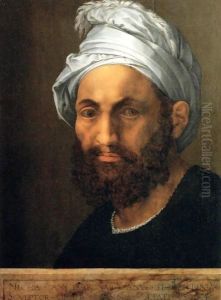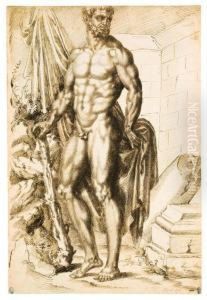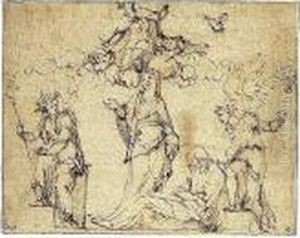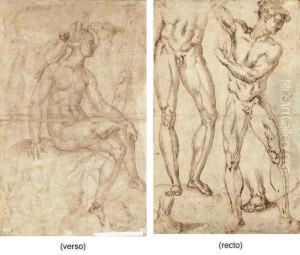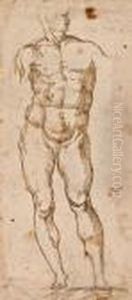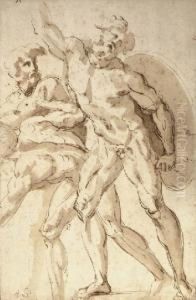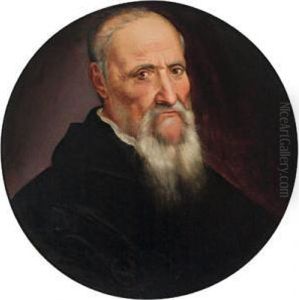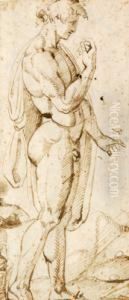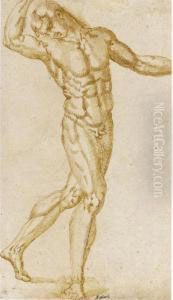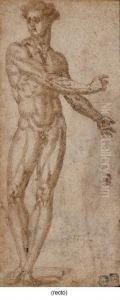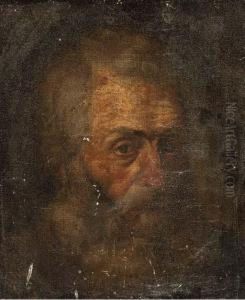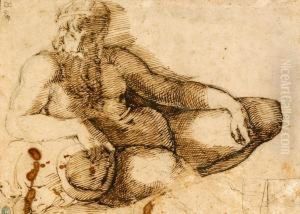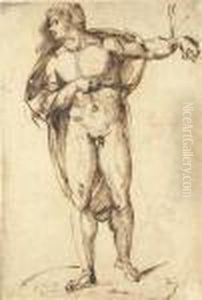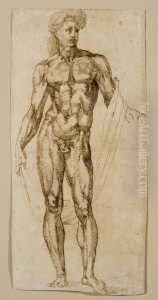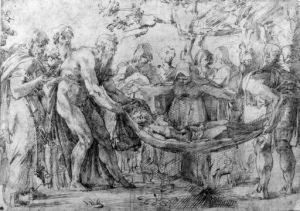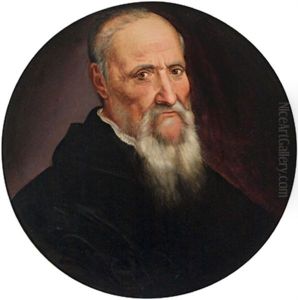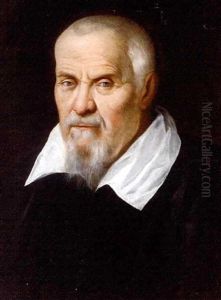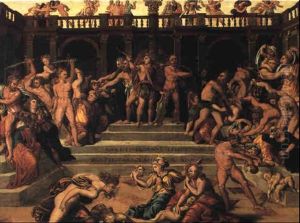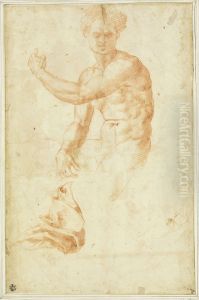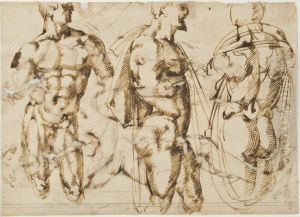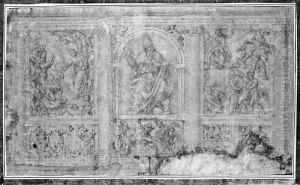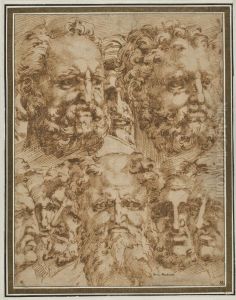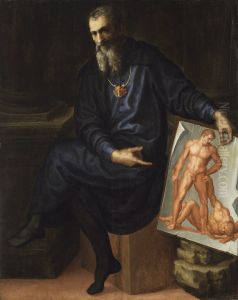Baccio Bandinelli Paintings
Baccio Bandinelli, born Bartolomeo Brandini, was a Renaissance Italian sculptor, draughtsman, and painter. Born in the heart of the Italian Renaissance, Florence, Bandinelli was deeply influenced by the works of Michelangelo and was a contemporary of other notable artists such as Benvenuto Cellini and Jacopo Sansovino. Despite the illustrious company and the fertile artistic environment, Bandinelli's relationship with his peers was often fraught with tension and rivalry, particularly with Michelangelo.
Bandinelli came from an artistic family; his father, Michelangelo Brandini, was a well-known goldsmith. Trained by his father and later by Giovanni Francesco Rustici, a student of Leonardo da Vinci, Bandinelli's early works were in marble and often characterized by a high degree of technical skill. His career was marked by significant commissions from the Medici family, the rulers of Florence, who were great patrons of the arts.
One of Bandinelli's most famous works is the marble group 'Hercules and Cacus' (1534), which stands in the Piazza della Signoria in Florence, opposite Michelangelo's David. This work, while showing Bandinelli's skill, also exemplifies the criticism he often faced for his less than perfect anatomical rendering and compositional choices, which were unfavorably compared to the genius of Michelangelo.
Bandinelli's other notable works include the 'Laocoon' copy in the Uffizi, and his sculptures and reliefs in the choir of the Cathedral of Florence. He was also a prolific draughtsman, and his drawings are valued for their contribution to understanding the development of Florentine art in the 16th century.
Despite his achievements, Bandinelli's legacy has been somewhat overshadowed by his more famous contemporaries. His work was often criticized for lacking the emotional depth and innovative spirit of Michelangelo or the grace and finesse of Raphael. Nevertheless, his role in the artistic scene of Renaissance Florence remains significant, and his works continue to be studied for their technical merit and historical context within the rich tapestry of 16th-century Italian art.
![Sleeping Hercules [detail: 1]](https://www.niceartgallery.com/imgs/118275/s/baccio-bandinelli-sleeping-hercules-detail-1-209a6ce0.jpg)
